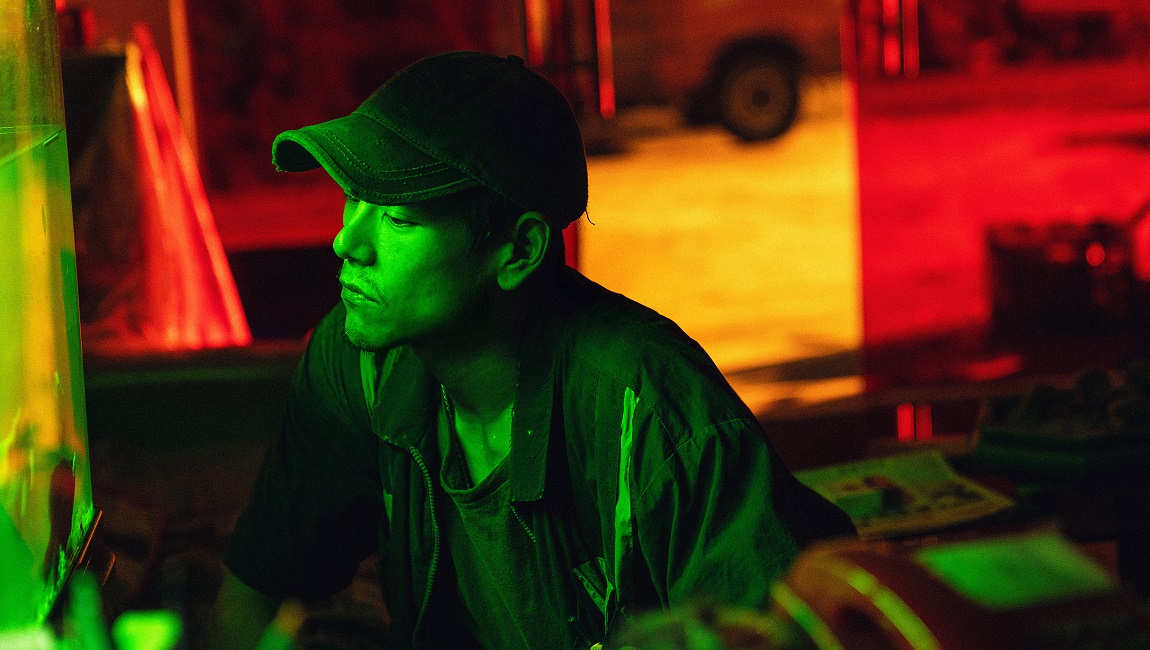I think it’s safe to say that Nobuhiko Obayashi no longer requires an introduction. For that we owe the Japan Cuts team a debt of gratitude. The Obayashi retrospective they programmed back in 2015, the first of its kind in the United States, planted a seed that has, over the intervening years, blossomed into an increasingly widespread appreciation of the director and his deep body of work. It is, thankfully, not the surprise that it once was to discover that the “House guy” is in fact an undisguised sentimentalist, that he’s a dedicated anti-war partisan, or that he belongs, fundamentally, to the future.
And so it feels perfectly natural, in 2020, the year of Obayashi’s death, for Japan Cuts to name an award in his honor, convene a global panel to celebrate his legacy, and dedicate a slot in their lineup to a documentary that chronicles his last days. Though that’s a somewhat misleading description of Seijo Story – 60 Years of Making Films (co-directed by Isshin Inudo and Eiki Takahashi), which takes as its primary subject the introduction of a different Obayashi: Kyoko, producer, collaborator, and lifelong partner of Nobuhiko. The couple met as college students in the neighborhood that gives the film its name, a Tokyo enclave known for its sylvan parks and its film industry inhabitants. Despite the cinematic surroundings, Kyoko believed she was marrying a man whose destiny belonged not to the movies, but to literature: young Nobuhiko had all the trappings of a budding, chronically unsuccessful novelist. Kyoko misjudged his prospects, clearly, but perhaps never gave up on his literary promise: Kyoko’s artistic contributions are myriad, from costume design to set decoration, but if Seijo Story locates Kyoko’s influence in any one place, it’s in the steady literary drift of Nobuhiko’s mid-period work. Exchange Students, the first film to bear a Kyoko producer credit, is also the film that inaugurates a key shift in Obayashi’s cinema, if not exactly away from the phantasmagoria of his experimental shorts and the delirium of House, then at least towards an integration of those tendencies with more classical narrative unities. As Nobuhiko himself relates, it was around this time that Kyoko told him—in good humor but with utmost seriousness—that he was no longer allowed to make cameos in his movies. Like a good novelist, he would have to express himself in character, time, and place; his work changed accordingly.
But, like any spouse of six decades, Kyoko permits the occasional indulgence, and Labyrinth of Cinema—the making of which Seijo Story documents as an exhausting, heroic battle against the twin forces of age and death — grants the director one last fantasia, and a valedictory walk-on role. In his final work, Obayashi bids farewell hunched over a piano, an image rich with auteurist valences — suggesting, for example, House’s infamous man-eating Steinway or the many soft-keyed scores that Obayashi composed for his own films — but which Seijo Story recasts as fundamentally personal. The couple revisits an old lecture hall where Nobuhiko once played Chopin preludes to woo the woman who was to become his wife; 60 years later, Obayashi’s frail, arthritic fingers are too crooked to hammer out more than a few desultory notes. No matter: with the help of a little movie polish, Obayashi can once again tickle the ivories with prodigious, boyish skill, and can bequeath to his partner a public monument — cast in their chosen medium — that testifies to their life’s work, and to their fleeting youth.
Published as part of Japan Cuts 2020 – Dispatch 1.







